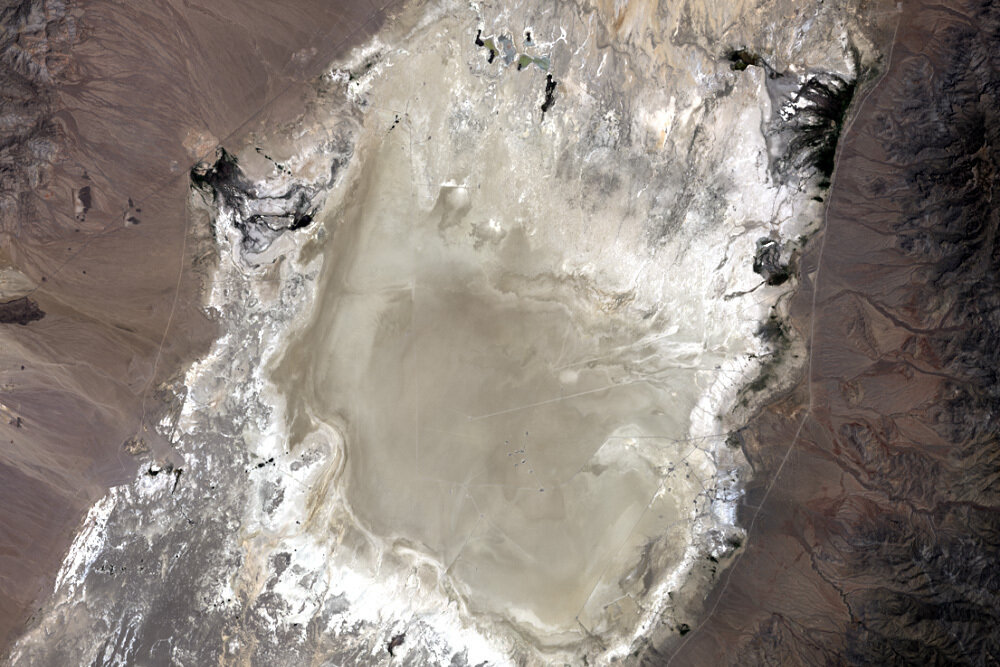The extraction of lithium in the state of Nevada threatens the calibration of Earth-observing satellites. Because of this, NASA opposes the development of a new deposit. However, such a ban raises doubts about the possibility of establishing “green energy” in the United States.

Lithium mining poses a threat to satellites
NASA opposes plans to develop a lithium deposit in the Railroad Valley in Nevada. The valley, which was once a lakebed, currently falls under lands open to mineral development.
The permission for mining was granted by the Bureau of Land Management of the United States. However, it faced opposition from numerous environmental advocates, tribal leaders, and farmers. Over the past three years, the government agency has spent efforts to convince them otherwise.
Now, NASA is demanding that the 92 square kilometers of land be removed from the list of areas available for development. The reason behind this request is more than substantial. The land in question is uniquely flat and uninhabited, making it ideal for calibrating satellites that observe the Earth’s surface.
Satellites require precise calibration to accurately measure the height of objects on any terrain. The Railroad Valley has served as a calibration standard for the past 30 years.
Threat to “green energy”
The situation is extremely complex and contradictory. On one hand, precise satellite calibration is vital for various industries that rely on satellite data, from weather prediction to national security. The United States has an interest in having its calibration site within its own borders.
On the other hand, a new lithium deposit is also crucial. Lithium is a key component of electric batteries, primarily used in electric vehicles. Transitioning to electric vehicles would significantly reduce carbon dioxide emissions.
These conflicting factors have sparked intense debates within American society. The Bureau of Land Management has already approached NASA, inquiring whether they could use another area for calibration. NASA responded that there is simply no other suitable location in the United States.
Meanwhile, 3 Proton Lithium company holding the rights for the development of the Railroad Valley deposit, has not disclosed any clear plans or information regarding its environmental impact.
In the midst of these discussions, many individuals have criticized NASA’s statements, claiming that they contradict President Biden’s promises to build “green energy.” Several industry representatives have opposed removing the site from the list of available lands.
Interestingly, these opponents argue that NASA is hindering efforts to combat climate change. Within the agency, however, they emphasize the indispensability of the site, citing its scientific value as crucial for many sectors of the economy. Source: phys.org

